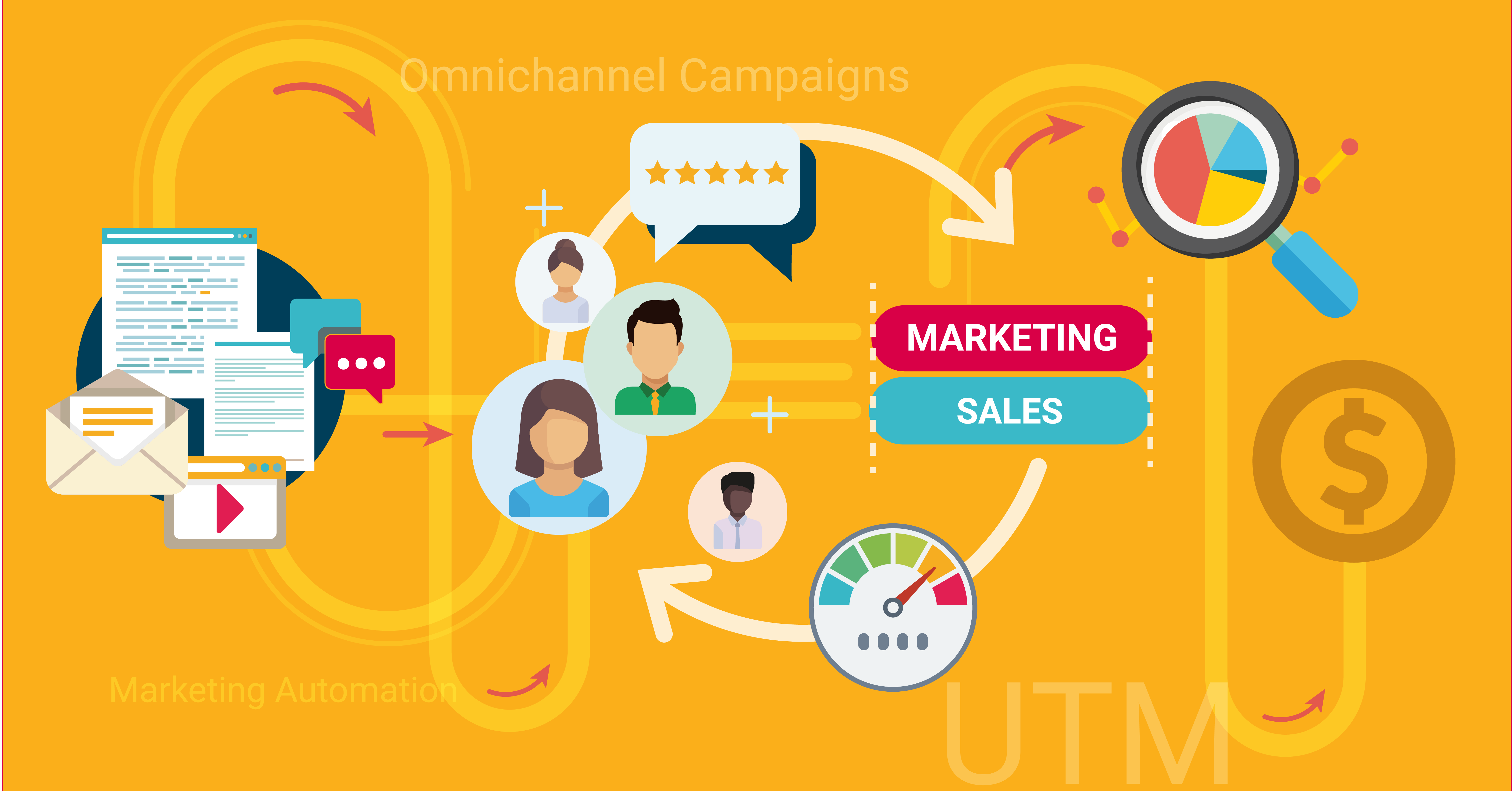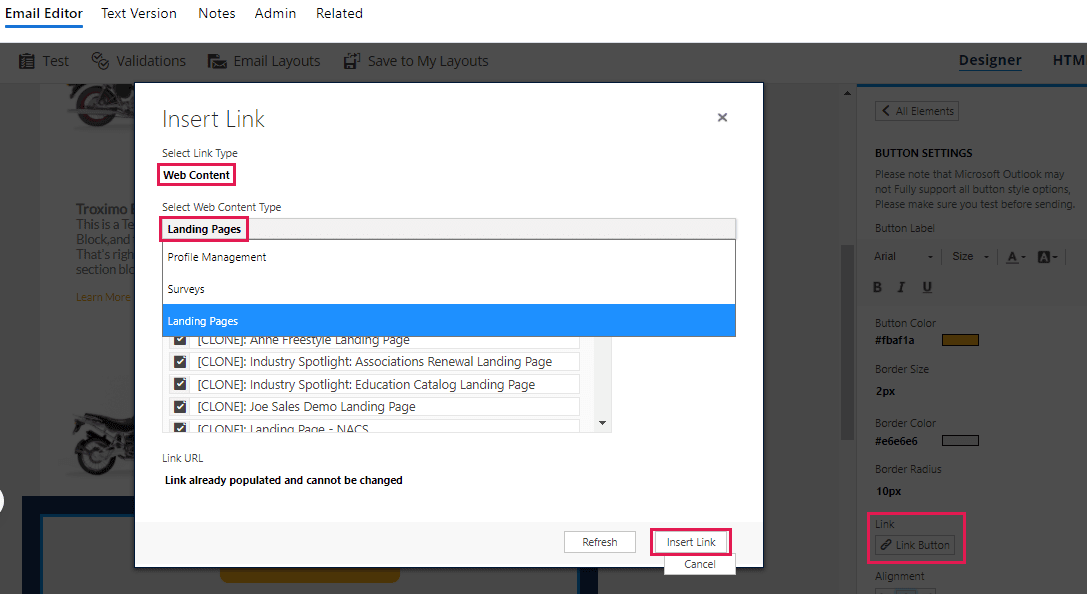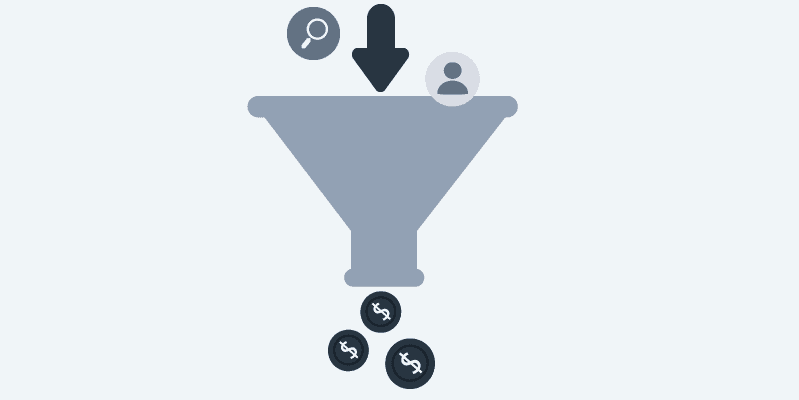Every time that we hear about marketing campaigns, emails are often the main channel that come to mind especially for SMBs, but there’s so much more to campaigns than just email marketing!
According to Adobe (2022), Marketing Campaigns are “strategic sequences of steps and activities that promote your company’s product or service, with a specific goal in mind”. Breaking this down, campaigns can and need to include most/all marketing channels possible to ensure you are reaching your targets (not just email).
In a study published by McKinsey (2021) evidence showed that marketers understood how important omnichannel campaigns are when focusing on reaching their target market. Especially for B2B marketers, as their customers regularly use ten or more channels to interact with suppliers and want to experience a smooth customer journey, with the marketing team being in full control of every channels.
But how do you find out what are the best main channels to include in your campaigns? How can you track which strategies and contents are working or not? And how can you create different customer journeys based on the personas that we are targeting?
For all these questions, all the following points can be applied:
- Have a strong omnichannel marketing automation platform to rely on
- Review marketing and sales metrics with a frequently allowing for adjustments and improvements
- Align your Marketing and Sales team to improve the overall customer journey
An Omnichannel Marketing Campaign
Omnichannel campaigns are very common in B2C companies as smooth customer experiences are platformed and expected. But and they are also becoming common place for B2B companies that focus on capturing more leads and maintaining a consistent and smooth experience to their prospects and customers.
However to get the most value out of your campaigns, you need to to have all of your customer interactions catalogued in the same place for both your Sales and Marketing teams. This makes it easier to understand which channels are generating more results, what it’s the content that it’s resonating better with your Sales team compared to your Marketing team and so on.
Relying on an omnichannel marketing automation solution can give marketers the ability to access all the channels they need in the same place, decreasing cost and maintenance to keep CRM as the single source of truth. Additionally, with all channels in the same location, the company can easily track what it’s happening in the digital world, using features such as UTM (Urchin tracking module) to better understand what was the customer journey was before reaching your content. For example, did the customer come from a post on LinkedIn? or maybe a Google ad?
Through the tracking features available on a Marketing Automation Solution and having all the data on the same place, it’s easier to access valuable insights, and plan the next successful marketing strategy.
And let’s not forget that a Marketing Automation Solution also provides your marketing team with the tools to not just review metrics such as website traffic, bounce rates, click through rates, lead conversions, but also sales metrics such as win rate, customer revenue by industry, how many leads that closed came from marketing campaigns, etc.
This information plus the alignment between marketing and sales (check what this partnership can bring in details here) can help both teams to create a focused marketing strategy, targeting the segments that really matter and leveraging relevant content, increasing the revenue.
Want to find out more and set up an Omnichannel Marketing Campaign using the ClickDimensions Marketing Automation Solution? Watch the webinar below to find out how.








